The Great Equalizer Part 2: Surface Pro vs. Android Devices in 3DMark
by Anand Lal Shimpi on April 2, 2013 2:26 PM EST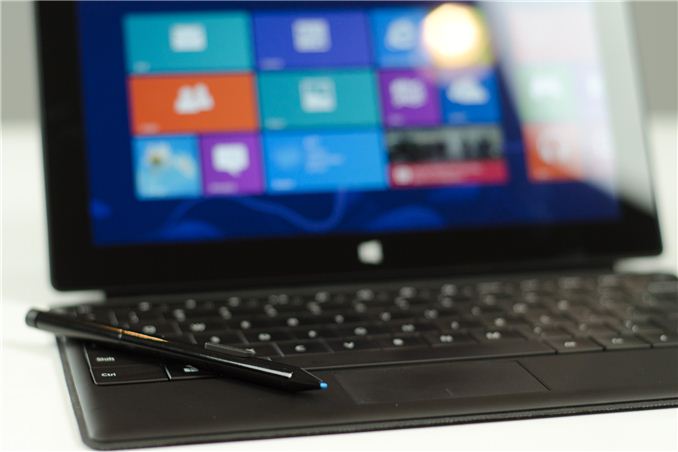
While we're still waiting for Windows RT and iOS versions of the latest 3DMark, there is one cross-platform comparison we can make: Ivy Bridge/Clover Trail to the Android devices we just tested in 3DMark.
The same caveats exist under 3DMark that we mentioned in our GL/DXBenchmark coverage: not only is this a cross-OS comparison, but we're also looking across APIs as well (OpenGL ES 2.0 for Android vs. Direct3D FL 9_1 for Windows). There will be differences in driver maturity not to mention just how well optimized each OS is for the hardware its running on. There are literally decades of experience in optimizing x86 hardware for Windows, compared to the past few years of evolution on the Android side of the fence.
Absent from these charts is anything running on iOS. We're still waiting for a version of 3DMark for iOS unfortunately. If our previous results are any indication however, Qualcomm's Adreno 320 seems to be hot on the heels of the GPU performance of the 4th generation iPad:
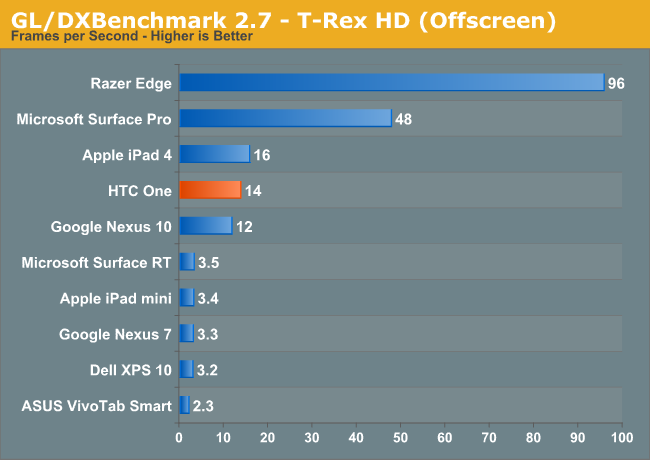
In our GL/DXBenchmark comparison we noted Microsoft's Surface Pro (Intel HD 4000 graphics) managed to deliver 3x the performance of the 4th generation iPad. Will 3DMark agree?
All of these tests are run at the default 720p settings. The key comparisons to focus on are Surface Pro (Intel HD 4000), VivoTab Smart (Intel Clover Trail/SGX 545) and the HTC One (Snapdragon 600/Adreno 330). I've borrowed the test descriptions from this morning's article.
Graphics Test 1
Ice Storm Graphics test 1 stresses the hardware’s ability to process lots of vertices while keeping the pixel load relatively light. Hardware on this level may have dedicated capacity for separate vertex and pixel processing. Stressing both capacities individually reveals the hardware’s limitations in both aspects.
In an average frame, 530,000 vertices are processed leading to 180,000 triangles rasterized either to the shadow map or to the screen. At the same time, 4.7 million pixels are processed per frame.
Pixel load is kept low by excluding expensive post processing steps, and by not rendering particle effects.
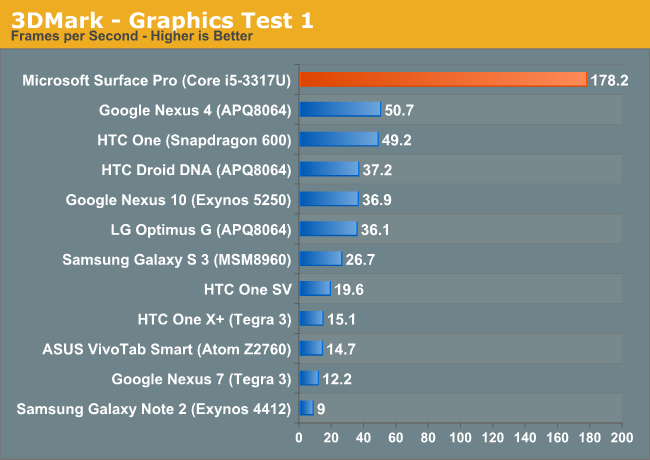
In this mostly geometry bound test, Surface Pro does extremely well. As we saw in our GL/DXBenchmark comparison however, the ARM based Android platforms don't seem to deliver the most competitive triangle throughput.
Graphics Test 2
Graphics test 2 stresses the hardware’s ability to process lots of pixels. It tests the ability to read textures, do per pixel computations and write to render targets.
On average, 12.6 million pixels are processed per frame. The additional pixel processing compared to Graphics test 1 comes from including particles and post processing effects such as bloom, streaks and motion blur.
In each frame, an average 75,000 vertices are processed. This number is considerably lower than in Graphics test 1 because shadows are not drawn and the processed geometry has a lower number of polygons.
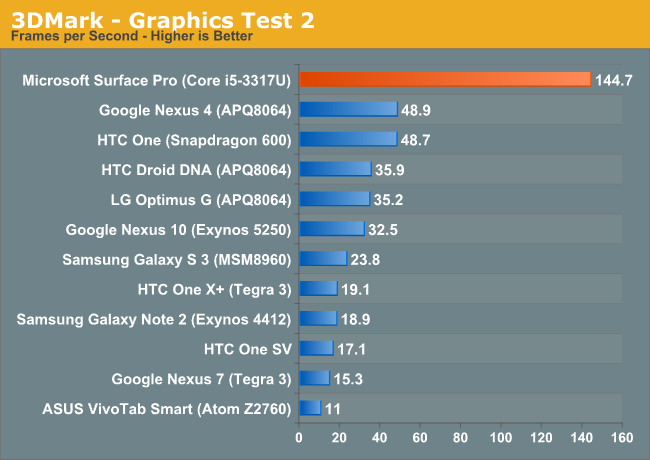
The more pixel shader bound test seems to agree with what we've seen already: Intel's HD 4000 appears to deliver around 3x the performance of the fastest ultra mobile GPUs, obviously at higher power consumption. In the PC space a 3x gap would seem huge, but taking power consumption into account it doesn't seem all that big of a gap here.
Physics Test
The purpose of the Physics test is to benchmark the hardware’s ability to do gameplay physics simulations on CPU. The GPU load is kept as low as possible to ensure that only the CPU’s capabilities are stressed.
The test has four simulated worlds. Each world has two soft bodies and two rigid bodies colliding with each other. One thread per available logical CPU core is used to run simulations. All physics are computed on the CPU with soft body vertex data updated to the GPU each frame. The background is drawn as a static image for the least possible GPU load.
The Physics test uses the Bullet Open Source Physics Library.
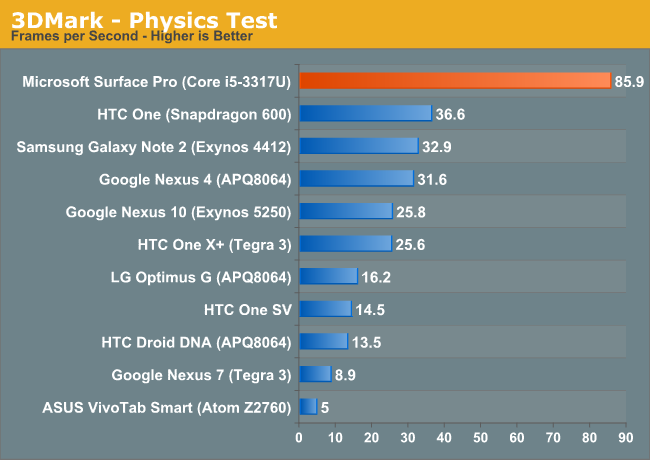
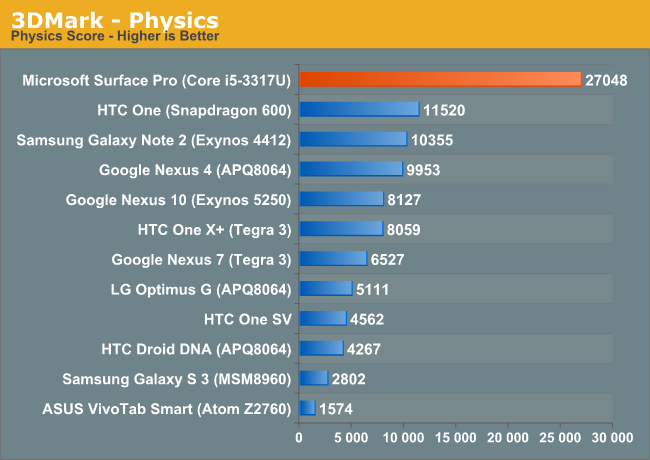
Surprisingly enough, the CPU bound physics test has Surface Pro delivering 2.3x the performance of the Snapdragon 600 based HTC One. Quad-core Cortex A15 based SoCs will likely eat into this gap considerably. What will be most interesting is to see how the ARM and x86 platforms converge when they are faced with similar power/thermal constraints.
What was particularly surprising to me is just how poorly Intel's Atom Z2560 (Clover Trail) does in this test. Granted the physics benchmark is very thread heavy, but the fact that four Cortex A9s can handily outperform two 32nm Atom cores is pretty impressive. Intel hopes to fix this with its first out-of-order Atom later this year, but that chip will also have to contend with Cortex A15 based competitors.
Ice Storm - Overall Score
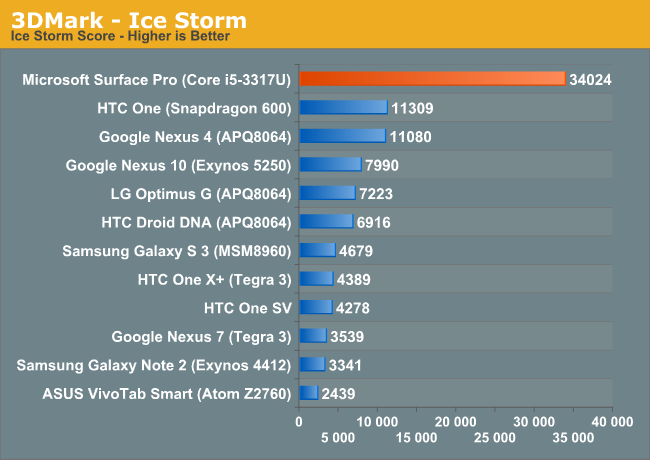
The overall score seems to agree with what we learned from the GL/DXBenchmark comparison. Intel's HD 4000 delivers around 3x the graphics performance of the leading ultra mobile GPUs, while consuming far more power. Haswell will drive platform power down, but active power should still be appreciably higher than the ARM based competition. I've heard rumblings of sub-10W TDP (not SDP) Haswell parts, so we may see Intel move down the power curve a bit more aggressively than I've been expecting publicly. The move to 14nm, and particularly the shift to Skylake in 2015 will bring about true convergence between the Ultrabook and 10-inch tablet markets. Long term I wonder if the 10-inch tablet market won't go away completely, morphing into a hybird market (think Surface Pro-style devices) with 7 - 8 inch tablets taking over.
It's almost not worth it to talk about Clover Trail here. The platform is just bad when it comes to graphics performance. You'll notice I used ASUS' VivoTab Smart here and in the GL/DXBenchmark comparison instead of Acer's W510. That's not just because of preference. I couldn't get the W510 to reliably complete GL/DXBenchmark without its graphics driver crashing. It's very obvious to me that Intel didn't spend a lot of time focusing on 3D performance or driver stability with Clover Trail. It's disappointing that even in 2012/2013 there are parts of Intel that still don't take GPU performance seriously.
The next-generation 22nm Intel Atom SoC will integrate Intel's gen graphics core (same architecture as HD 4000, but with fewer EUs). The move to Intel's own graphics core should significantly modernize Atom performance. The real question is how power efficient it will be compared to the best from Imagination Tech and Qualcomm.


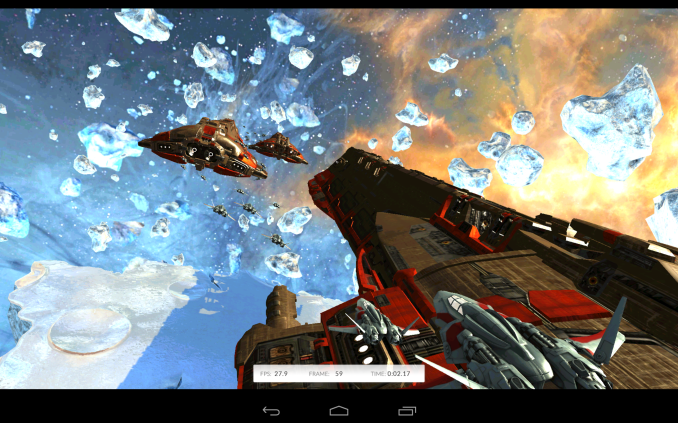

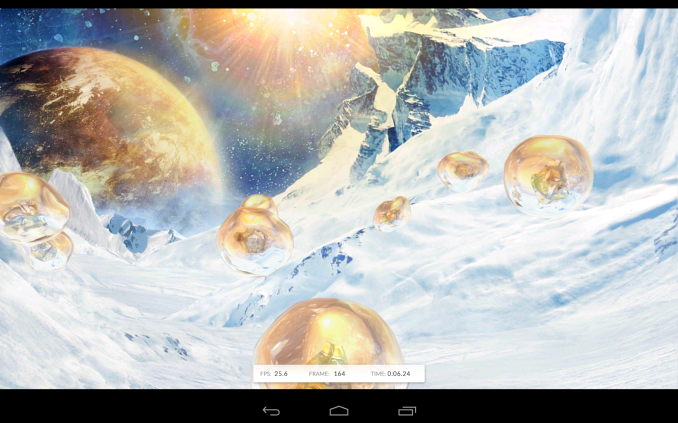








56 Comments
View All Comments
Crazy1 - Wednesday, April 3, 2013 - link
This comparo was done between new benchmark suites and whether they give comparable results across platforms and API's. It's just numbers. There is no need to get upset about it.Anand stated in the article that the new 3dMark has not been released for Windows RT yet. This article is clearly a piece of a much larger article that will thoroughly analyze 3dMark results across all supported platforms. We just have to wait for 3dMark to be released for all the planned platforms. Give it time.
Pinscher - Wednesday, April 3, 2013 - link
would it be possible to add a testing of an amd based tablet. considering the superior graphics over intel hd 4000... very interesting times ahead, im sure of it.BabelHuber - Thursday, April 4, 2013 - link
Here is my OC'd Tegra 3 Score:Asus TF700T modified stock ROM (Android 4.1.1 CROMI 3.4.6) _that OC Kernel v2 CPU 4x1800MHz GPU 650MHz
Ice Storm score 5150
Graphics score 4600
Physics score 8861
Graphics test 1 18.2FPS
Graphics test 2 22.2FPS
Physics test 28.1FPS
Demo 24.6FPS
The Nexus 7's score of 3539 is anemic in comparison, even worse is the Physics test.
The Tegra 3 has aged already, but a properly tuned device is not as slow as this Nexus 7 in this test here - what have you done to the poor thing?
kyuu - Friday, April 5, 2013 - link
... Are you seriously asking why they didn't use an OC'd Tegra 3 coupled with a non-standard ROM to benchmark with?BabelHuber - Friday, April 5, 2013 - link
No. I'm asking why the Nexus 7 is so slow. 8.9fps in the Physics test is a devastating result, even when compared to other Tegra 3 devices.My numbers only show what Tegra 3 is capable of in other devices. 28fps vs. 8.9 fps cannot only be the result of a 20% overclock...
Jraptor59 - Friday, April 12, 2013 - link
Wow, a clunky, 50 pound tablet running a hostile OS that MS is trying to shove down our throats, can run 3DMark better the the light and elegant tablets! I must purchase this immediately!The Surface is running a faster processor but trade this off with the above caveats that remove it from the real tablet catagory (light, portable, etc.). I thing the Surface is more in the laptop class because of its weight. Compare it there for price and features for a real comparison. This is a stupid comparison. MS much?